Not many people know about the ocean and rainforest that sit in the middle of the Arizona desert, just outside Tucson. They’re contained within a funky-looking three-acre glass building that houses a project known as Biosphere 2. Created in the 1990s, with the noble goal of researching and developing self-sustaining space-colonization technology, Biosphere 2 is a tiny microcosm of Earth’s biomes. That feels more relevant than ever, doesn’t it?
While scientists did gather valuable data and learn a lot from the biodome, Biosphere 2 is probably best known for the two missions carried out inside between 1991 and 1994—the second of which was called off early after a dispute got more than a little out of hand. We’re talking “Big Brother” levels of interpersonal drama. But the coolest part of Biosphere 2 is that you can still tour it today.
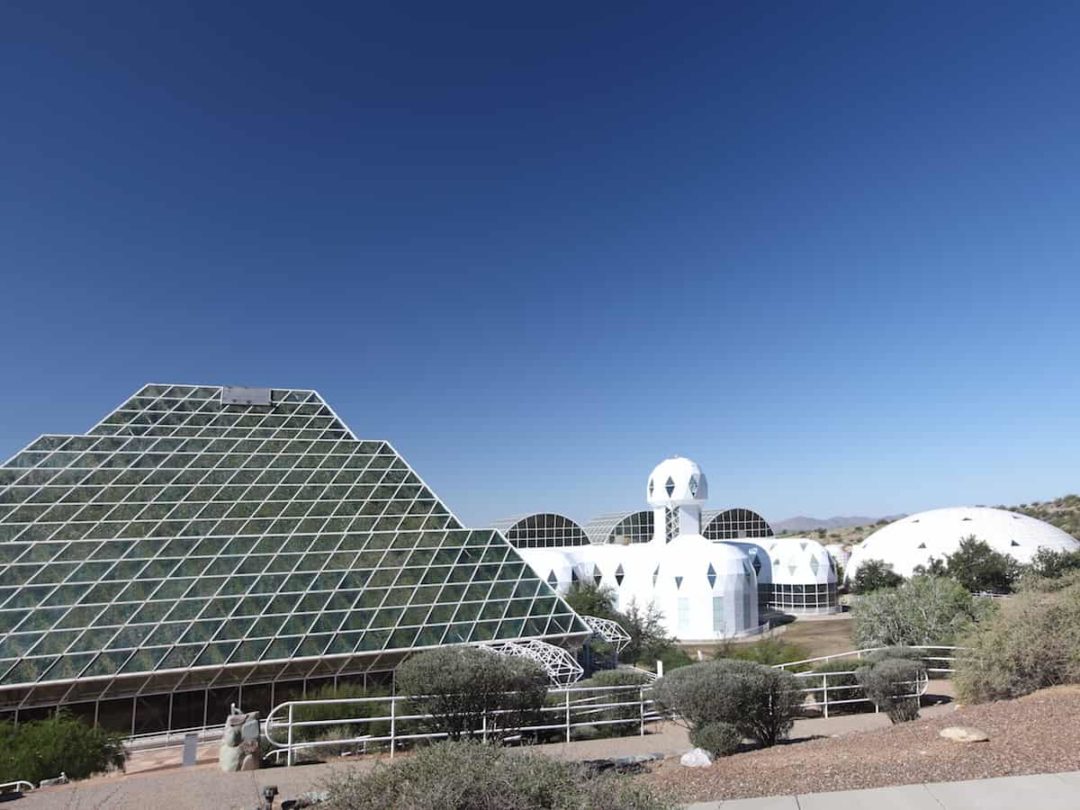
The first mission in Biosphere 2 (so named because, technically, Earth is “Biosphere 1”) was highly publicized. Eight brave crew members locked themselves in the Biosphere for two years, determined to survive on their own with no outside help. The goal was to see if Earth’s ecosystems could be successfully manufactured and maintained elsewhere in the galaxy, should we need to bail on this planet. It could also be used to study the manipulation of a biospheric system without messing up the delicate balance that keeps our planet able to sustain life.
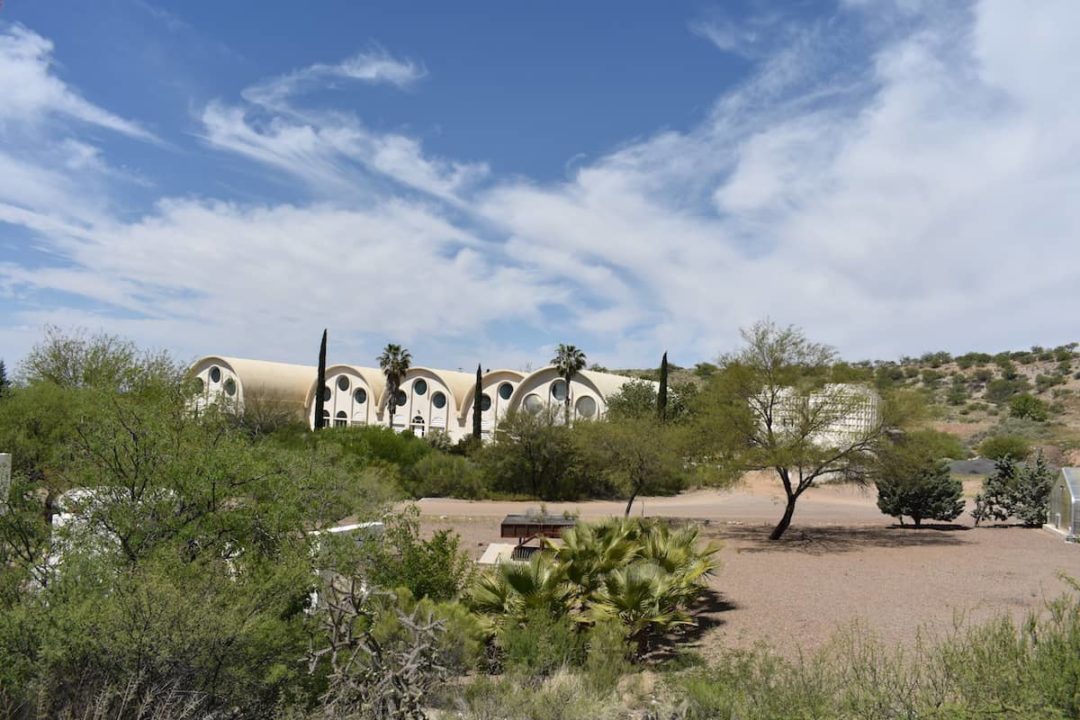
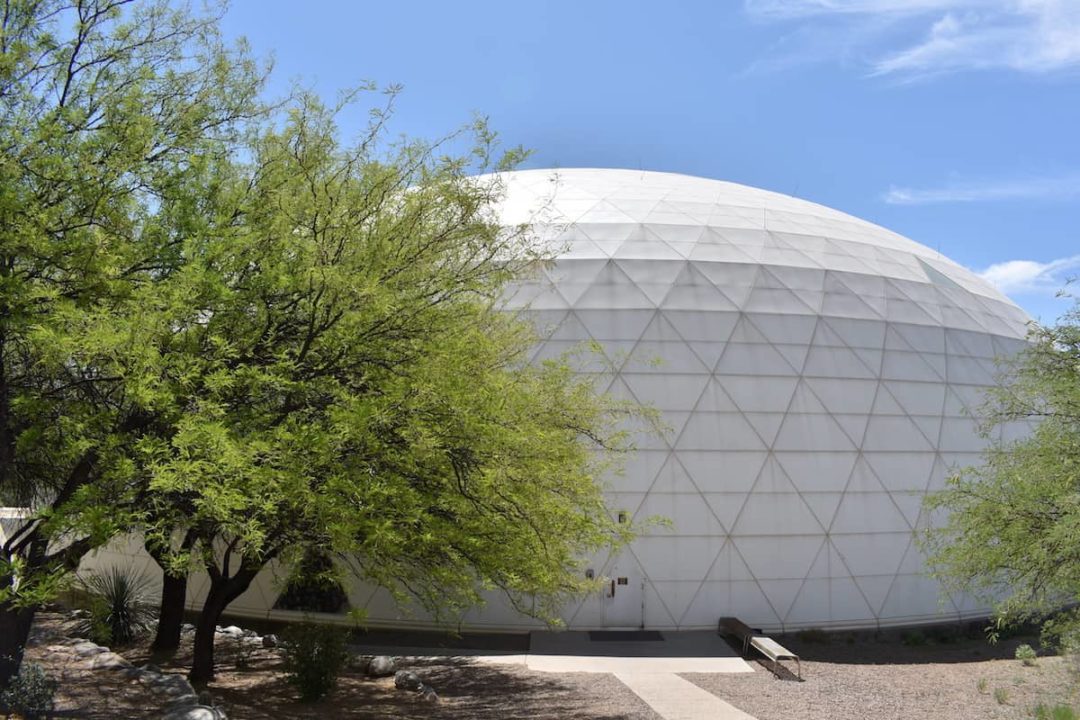
It was not an easy two years of study for the Biospherians locked inside. Wildly fluctuating CO2 levels, ant and cockroach populations inside growing at an alarming rapid rate, the loss of crucial pollinating insect populations, and other unforeseen issues made things hard. On top of that, the psychological strain of being locked in a closed environment with others was brutal.
There were also rumors of smuggled supplies and oxygen being replenished from the outside, widespread criticism of the experiment from other scientists, suspicions of ulterior motives, constant hunger from the strict but nutrient-rich diet, low morale, injuries, and, at times, disputes between the crew (and love stories; two Biospherians got married immediately after the mission ended). Despite all this, the project was deemed enough of a success to justify a second mission.
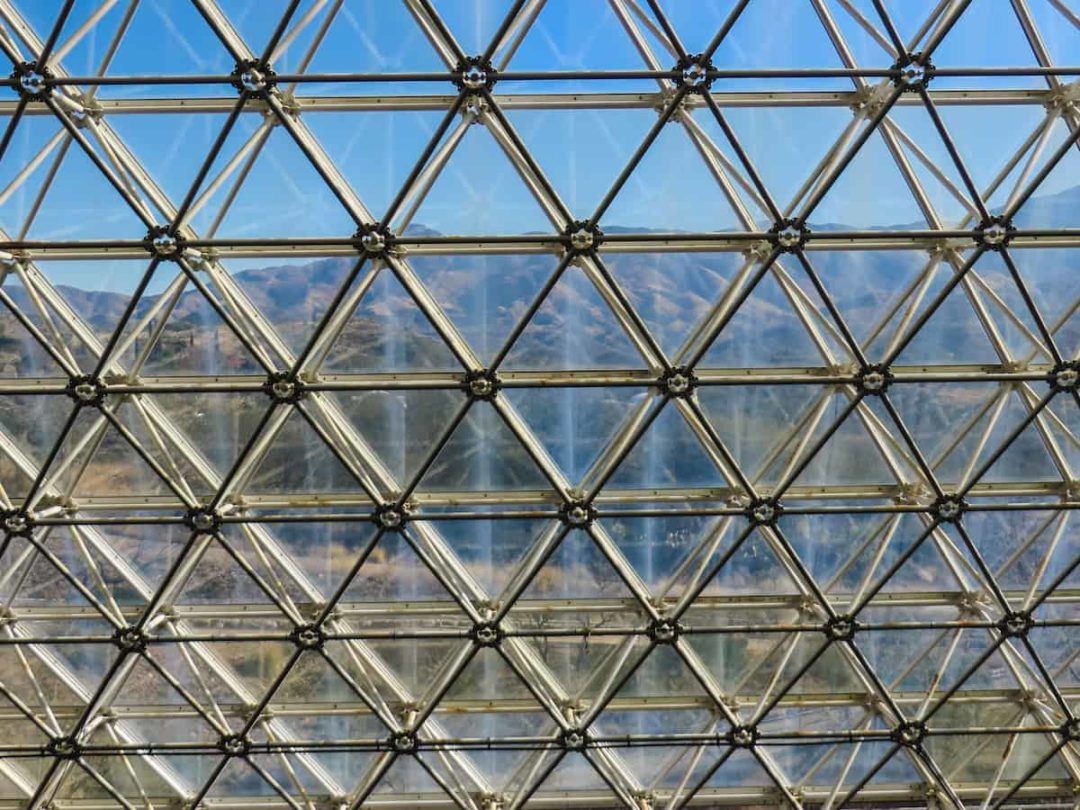
That ended up not being a super great idea. Within weeks of the 10-month-long mission’s start, a disagreement among those in charge led to on-site management being ousted by federal marshals bearing a restraining order. Several former crew members broke into the facility to warn the current crew about the new management. A few days later, the former crew members vandalized the building, smashing glass planes and opening doors to let in outside air. On top of this, multiple crew members left mid-mission and the company that ran the experiments, Space Biospheres Ventures, was dissolved.
Still, the crew trooped on for a bit longer. The mission was eventually shut down prematurely, seven months in. It’s extra
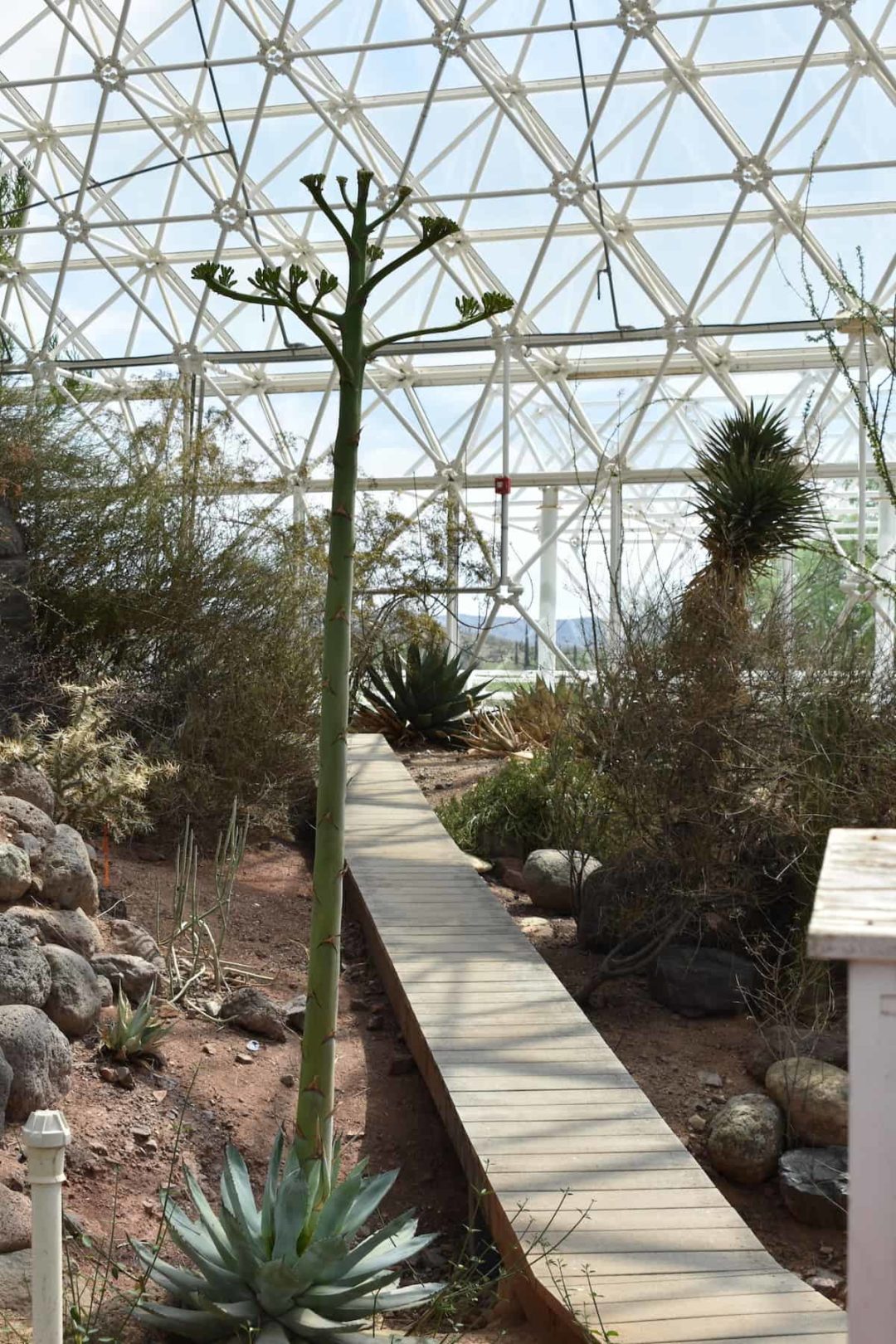
The iconic building was kept around and put to good use by various researchers for different studies. Today it is operated by the University of Arizona, who uses the facility for research, mostly regarding the terrestrial water cycle. Since its Biosphere mission days, it has provided valuable data relevant to ecology, atmospheric science, soil geochemistry, and climate change. So even though those elaborate missions may not have gone to plan, a lot of good has come from the biodome.
Today, the university offers in-depth tours of Biosphere 2 to visitors. Beyond getting an up-close look at a massive, meticulously engineered science experiment, you can also see oceans with coral reefs, sandy deserts, lush rainforests, and more, all in a tour that lasts less than two hours.
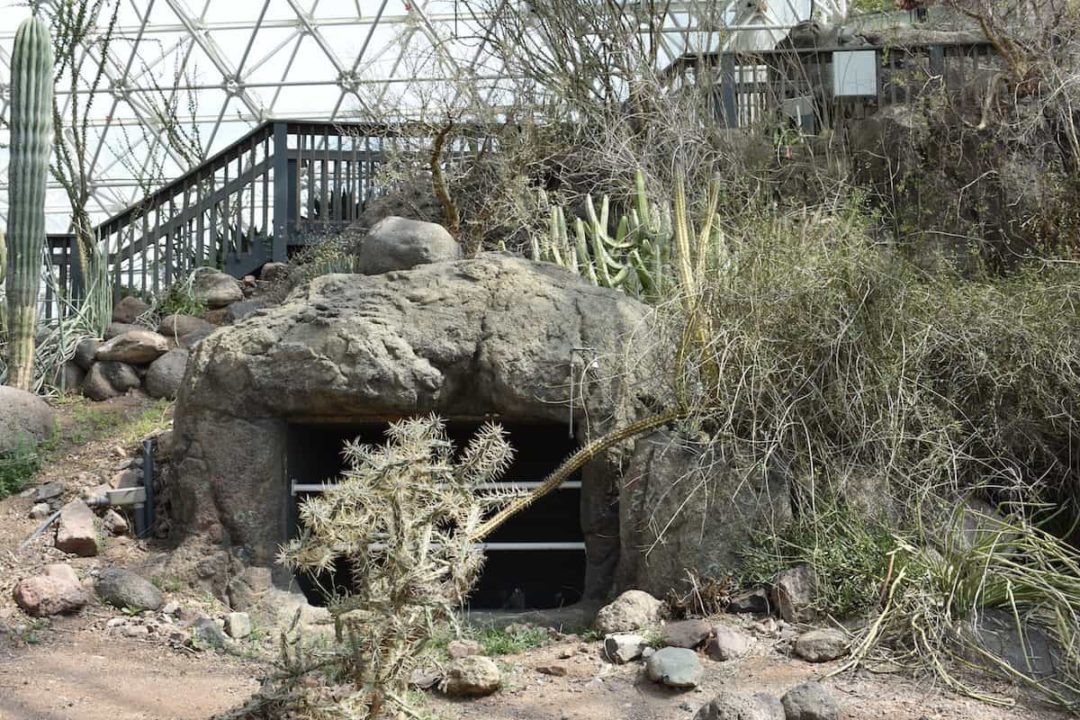
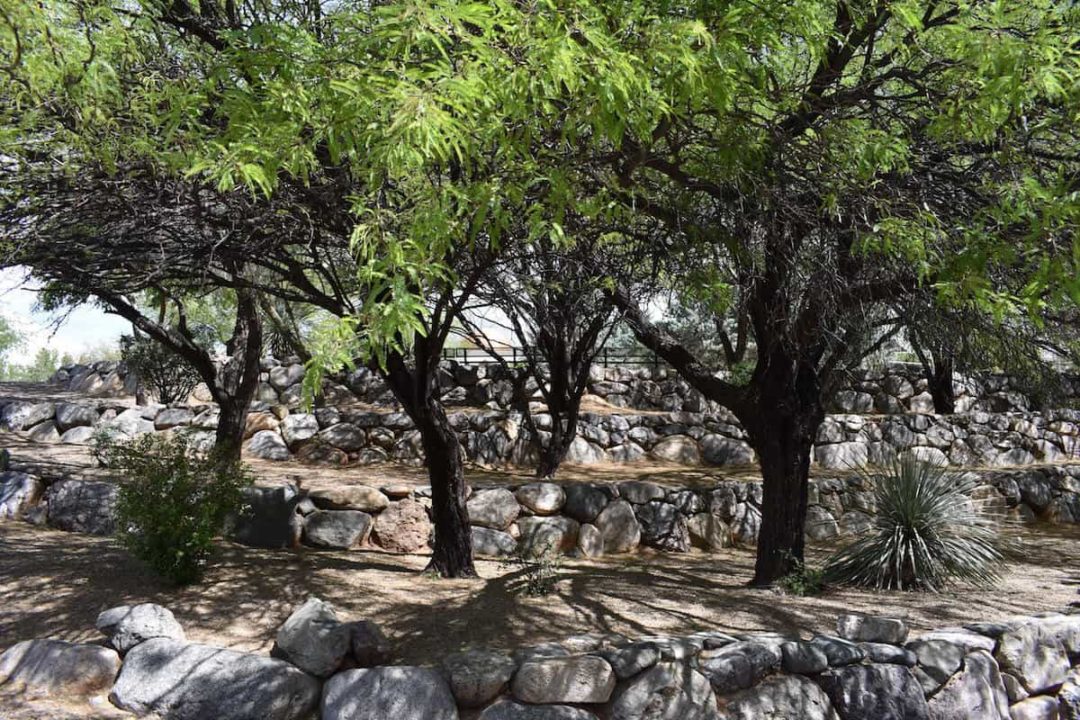
Of course, one doesn’t need a fancy biodome to learn about space colonization and wild ecosystems when in Tucson. The city is a mecca for curious minds looking to learn about everything from our home planet to the furthest reaches of the universe. Dive into the natural and human history of Tucson’s backyard at the Arizona-Sonora Desert Museum, or get a one-of-a-kind look at our solar system at Kitt Peak National Observatory.
Don’t overlook the Pima Air and Space Museum, either. They display hundreds of historically important aircraft (including a Lockheed SR-71 Blackbird) and offer tours of the nearby AMARG airplane boneyard, where 4,000 retired and decommissioned planes are stored. Honestly, it might be the one place in Tucson that can rival Biosphere 2 for wild history and fascinating science.

